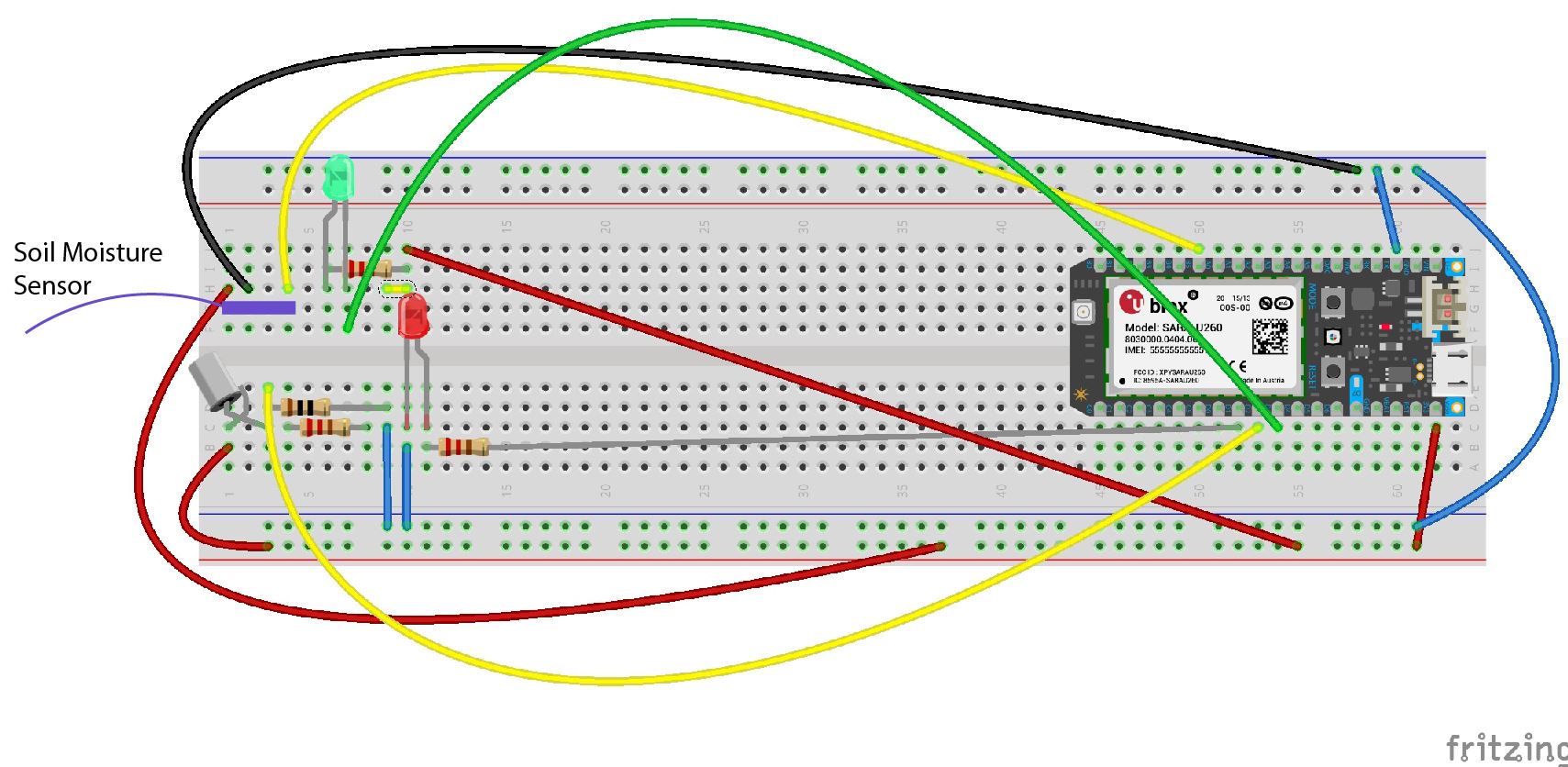Approach
When I approached the problem, I realized that a plant's ability to survive is dependent on how the owner takes care of the plant and also the environmental conditions within the house. Water is a basic and necessary component to any plant survival, so I decided that a soil moisture sensor is a must. Next, I noticed that many cats like to knock over plants for fun. In the environment of a home, they are an enemy for the plant. If the pot is tipped over, then it might not be able to absorb as much sunlight as it does in its original upright position.
